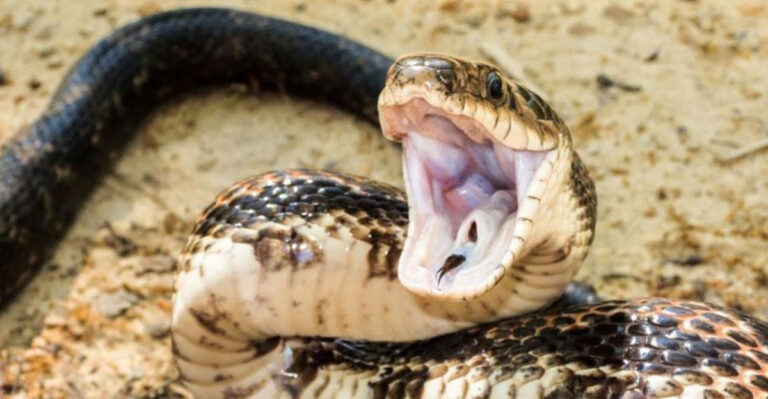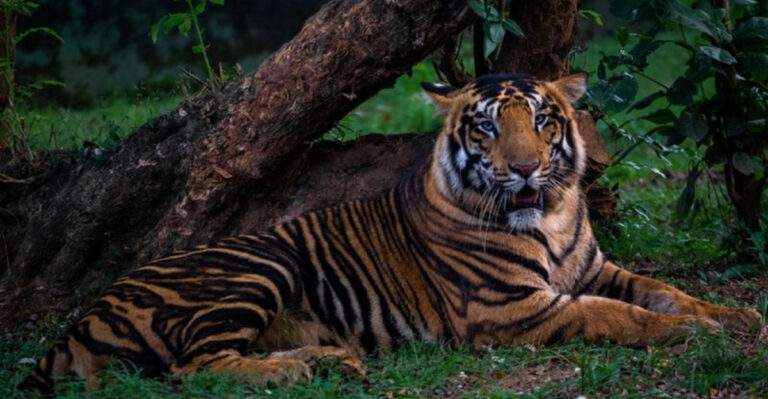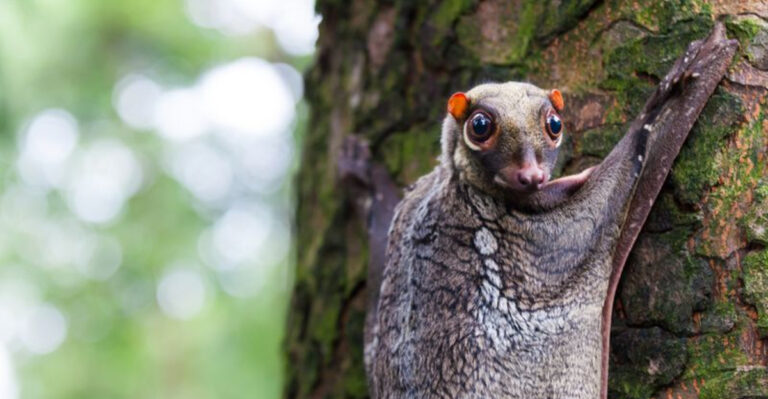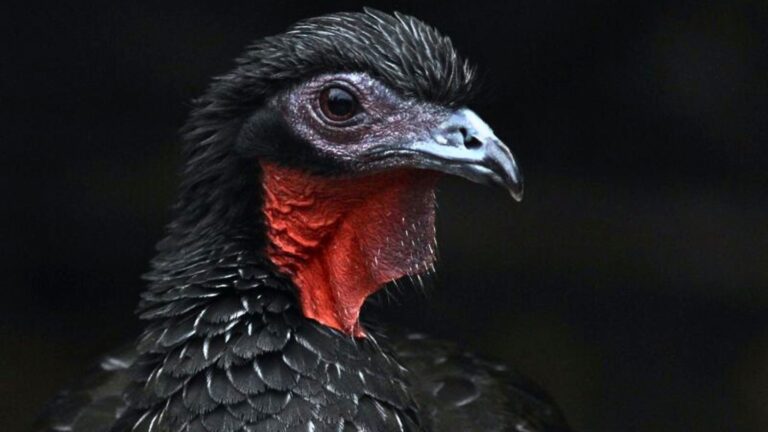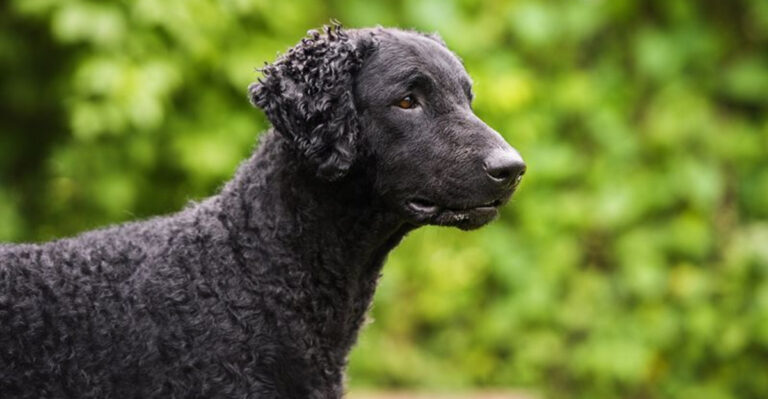16 Animals That Shaped Human Evolution
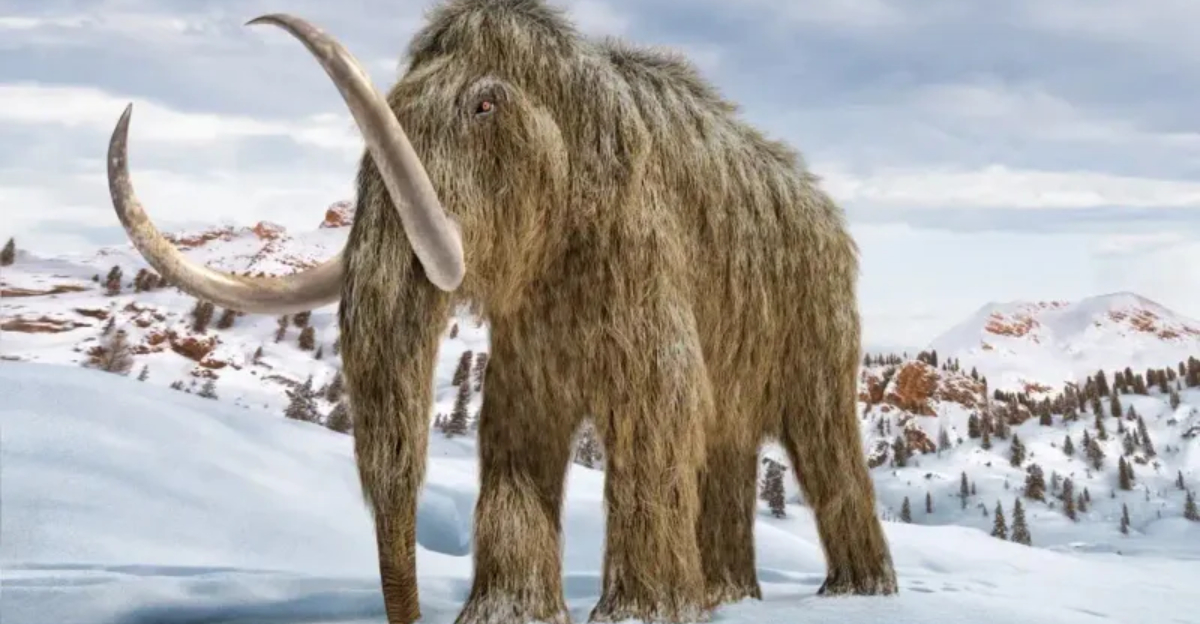
Throughout our species’ journey, animals have played crucial roles in shaping who we are today.
The relationship between humans and animals stretches back millions of years, fundamentally altering our evolutionary path in ways we’re still discovering today.
1. Cattle: Foundations Of Agriculture

Powerful and patient, cattle transformed human societies beginning about 10,000 years ago. These animals provided a renewable food source through milk, converting inedible grass into protein-rich nutrition.
Beyond food, cattle gave us labor power for plowing fields and transportation. Their domestication encouraged permanent settlements as humans needed to maintain grazing lands. The shift from hunting to herding revolutionized human diets, social organization, and even our genetic makeup, as adult lactose tolerance evolved in cattle-herding populations.
2. Goats: Pioneers Of Domestication
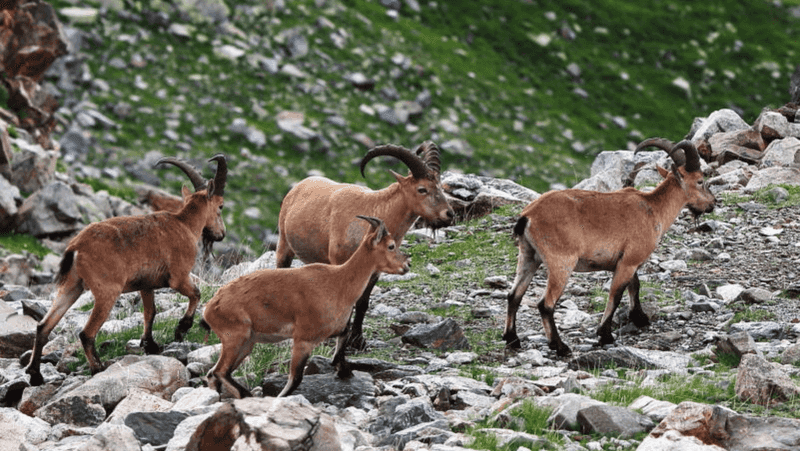
Nimble and adaptable, goats were among the first animals domesticated by humans around 10,000 BCE. Their hardiness in rough terrain made them perfect for early herders in mountainous regions.
Goats provided milk, meat, fiber for clothing, and hides for shelter. Their ability to thrive in marginal environments allowed humans to inhabit previously uninhabitable regions. This versatile animal contributed to early human resilience against climate fluctuations and resource scarcity.
3. Bees: Sweet Rewards Of Cooperation
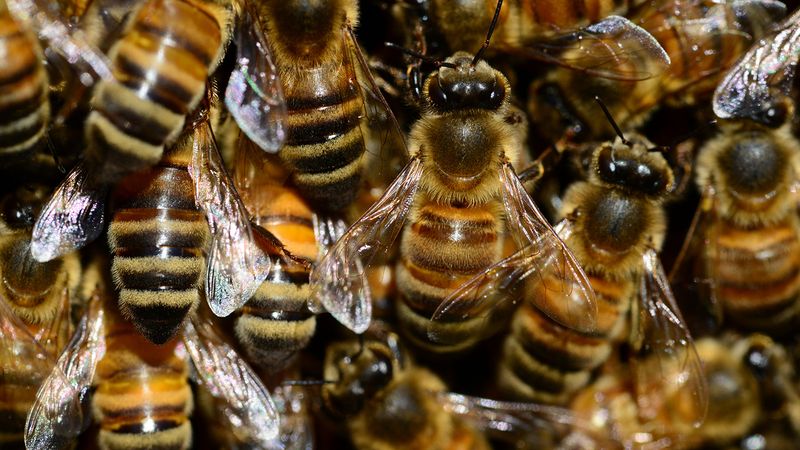
Buzzing with evolutionary significance, bees have shaped human food systems for millennia. Honey hunting appears in cave paintings dating back 8,000 years, showing our ancient sweet tooth.
Beyond providing rare concentrated sugar in prehistoric diets, bees taught humans complex management systems. Beekeeping, developed independently across civilizations, represented sophisticated animal husbandry requiring observation and planning. The pollination services of bees ultimately supported diverse agricultural systems that fed growing human populations.
4. Horses: Expanding Our Horizons
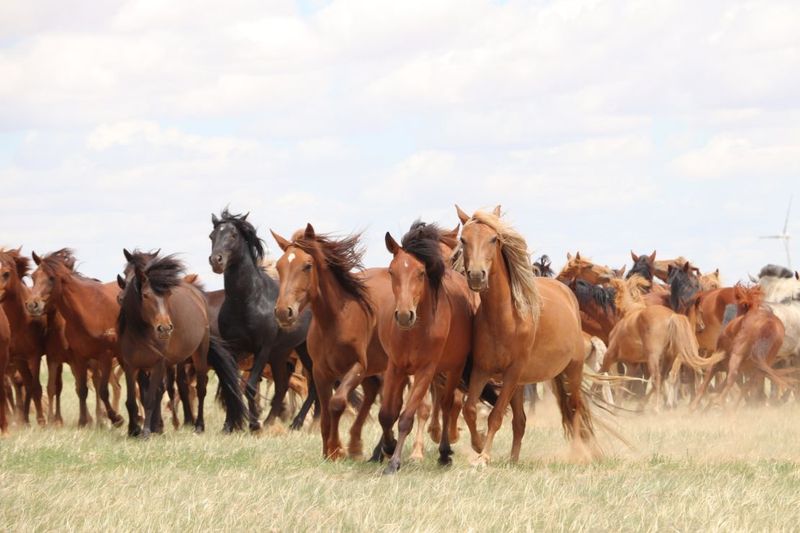
Galloping across the steppes, horses revolutionized human mobility around 6,000 years ago. Before engines or steam power, these majestic creatures carried us farther and faster than our legs ever could.
Domesticated horses transformed warfare, trade, and communication. Entire civilizations expanded their territories tenfold, while cultures developed specialized riding techniques and equipment. Horse domestication fundamentally altered human geography, allowing populations to spread and interact across vast distances.
5. Wolves: Our First Animal Allies
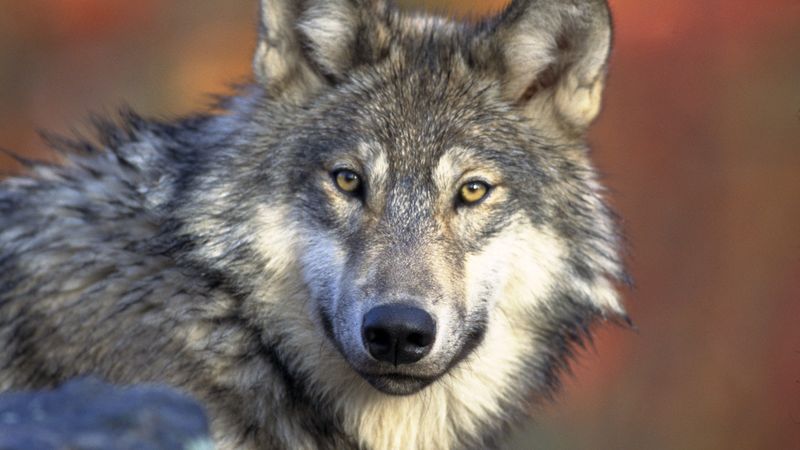
Around 30,000 years ago, humans formed an unprecedented partnership with wolves. This alliance gave us protection, hunting assistance, and companionship while wolves gained reliable food sources.
The domestication process altered our social structures and hunting techniques, while genetically transforming wolves into dogs. This relationship represents humanity’s first major step toward manipulating another species for mutual benefit.
6. Chickens: Protein Revolution In A Small Package
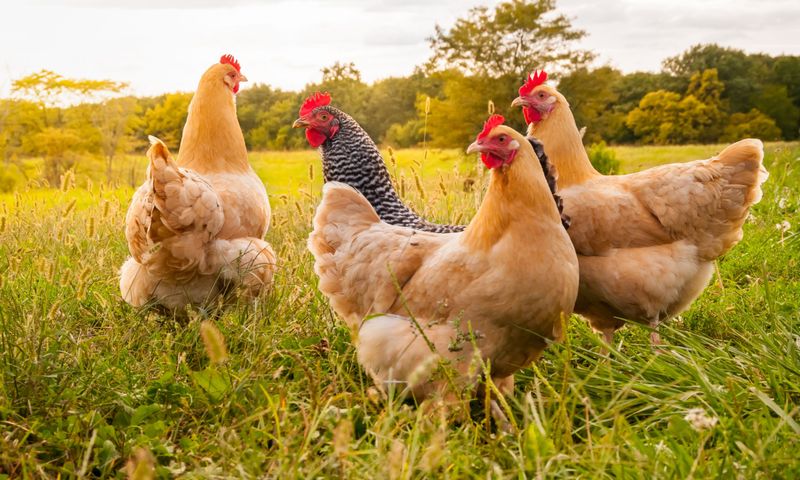
Originally jungle fowl from Southeast Asia, chickens transformed human nutrition after domestication around 8,000 years ago. These birds converted grain scraps into valuable protein through eggs and meat.
Unlike larger livestock, chickens required minimal space and resources, making them accessible to ordinary households. Their spread across continents revolutionized protein access for common people. Chicken domestication also influenced religious practices, with these birds featured in divination rituals across cultures.
7. Mammoths: Big Game That Changed Everything
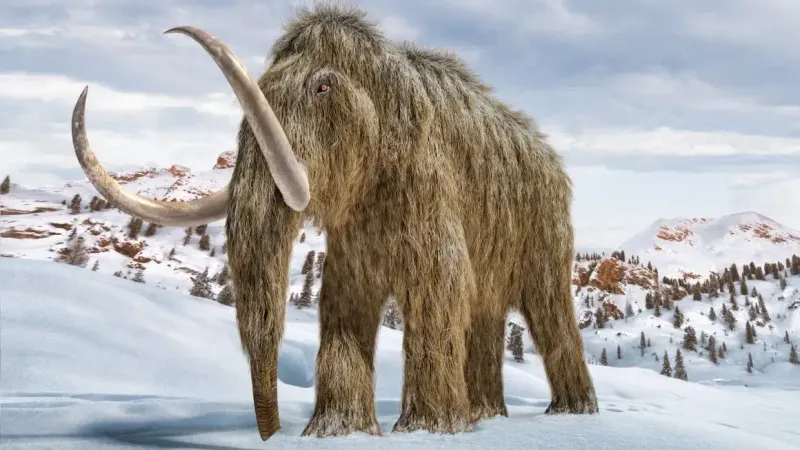
Towering over Ice Age landscapes, mammoths challenged early humans to develop coordinated hunting strategies and advanced weapons. Successfully bringing down these massive creatures required planning, communication, and teamwork.
Mammoth hunting drove social cooperation and technological innovation. A single kill provided enormous nutritional rewards – meat, fat, and marrow that sustained entire groups through harsh winters. Beyond food, mammoth bones and tusks became building materials, tools, and artistic media.
8. Camels: Desert Masters That Connected Civilizations

Nicknamed “ships of the desert,” camels revolutionized human travel across hostile environments beginning around 3,000 BCE. Their unique physiology allowed trade routes to cross previously impassable deserts.
The domestication of camels connected isolated human populations, facilitating cultural and genetic exchange. Trade networks like the Silk Road became possible because of these resilient animals. Camel milk and meat also supported human survival in arid regions where few other domesticated animals could thrive.
9. Silkworms: Tiny Weavers Of Luxury And Trade
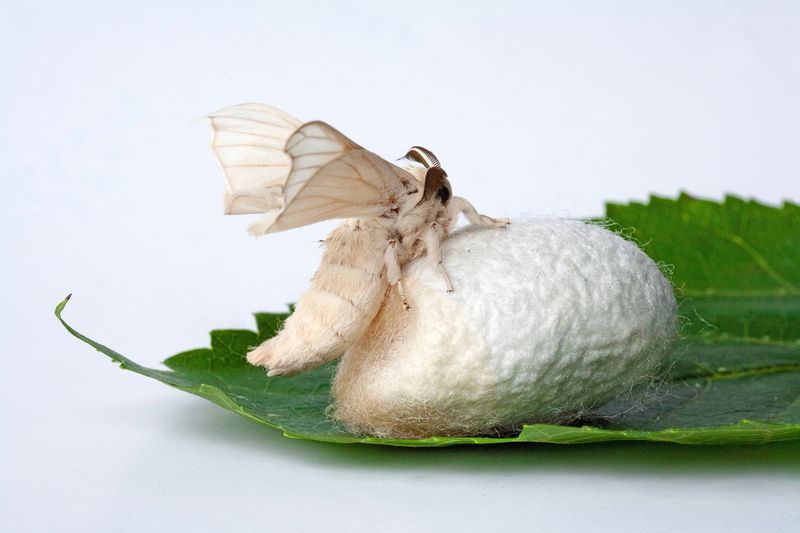
Cultivated in China for over 5,000 years, silkworms transformed global commerce and fashion. These specialized insects produce protein filaments that humans learned to unravel and weave into luxurious fabric.
Silk’s value stimulated trade routes spanning continents, connecting East Asia with Europe and Africa. The silk industry necessitated sophisticated knowledge of insect life cycles and careful environmental control. This early biotechnology represented one of humanity’s most successful examples of complete animal domestication.
10. Rats: Unintentional Shapers Of History

Following human settlements across the globe, rats became unwitting architects of human disease ecology. Their ability to carry fleas infected with Yersinia pestis led to devastating bubonic plague outbreaks.
The Black Death killed up to half of Europe’s population in the 14th century, reshaping social structures and economies. Surviving populations developed genetic resistance to certain diseases. Rats forced humans to improve sanitation systems and develop medical knowledge, ultimately advancing public health practices.
11. Mosquitoes: Tiny Disease Vectors With Massive Impact
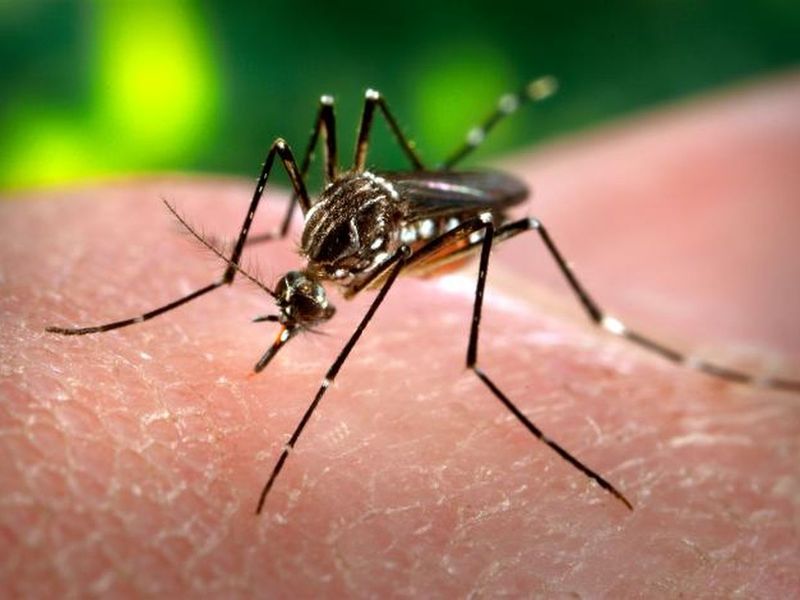
Despite their small size, mosquitoes have dramatically influenced human evolution through disease transmission. Malaria, yellow fever, and dengue have killed millions throughout history, shaping our genetic makeup.
Certain human populations developed protective genetic adaptations like sickle cell trait in response to mosquito-borne diseases. These insects affected settlement patterns, with humans avoiding mosquito-heavy regions when possible. Colonial expansions often faltered in tropical areas due to mosquito-transmitted diseases, altering the course of human history.
12. Primates: Our Closest Evolutionary Teachers

Our primate relatives provided evolutionary blueprints for human development. Observing chimpanzees, gorillas, and other apes gave scientists crucial insights into human origins and behavior.
Studies of primate tool use revolutionized our understanding of human cognitive evolution. Jane Goodall’s discoveries of chimpanzee tool-making overturned previous definitions of humanity. Primates continue teaching us about social structures, communication, and problem-solving, illuminating the foundations of human intelligence.
13. Pigs: Surprising Allies In Medicine And Farming
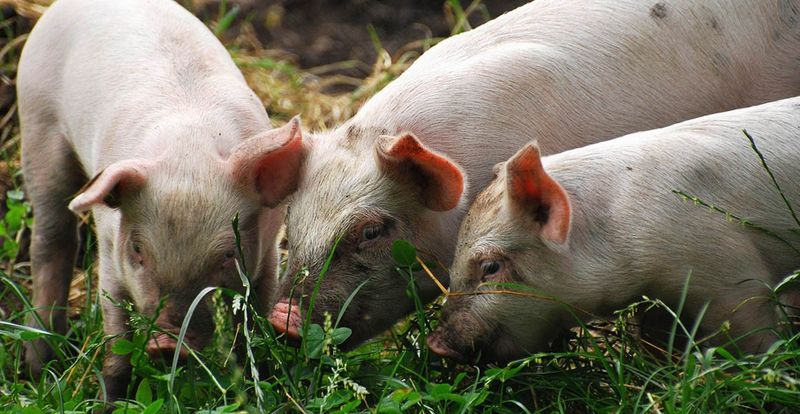
Domesticated around 9,000 years ago, pigs became versatile contributors to human development. Their omnivorous diet meant they could convert food waste into valuable protein, making them efficient livestock.
Pigs share remarkable physiological similarities with humans, making them crucial for medical research and organ transplant development. Their ability to root and turn soil influenced agricultural practices. Pig domestication also created cultural taboos and dietary restrictions that still shape religious practices today.
14. Sheep: Woolly Innovators Of Textile Technology
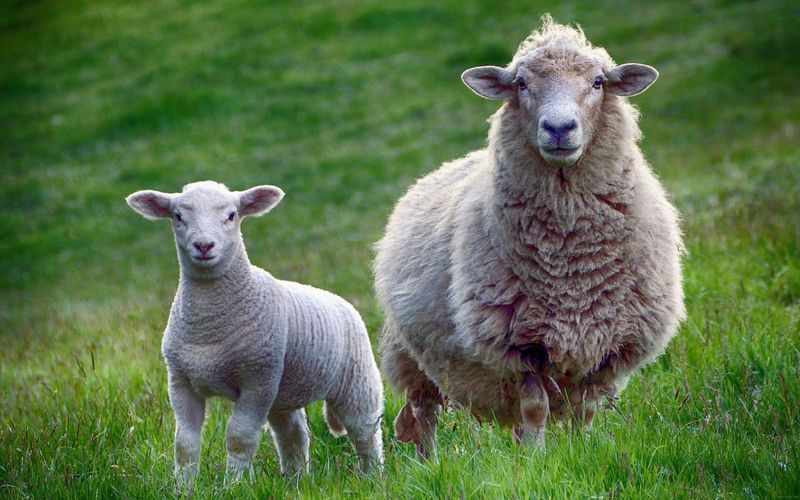
Domesticated approximately 11,000 years ago, sheep transformed human protection against the elements. Their wool provided renewable, versatile fiber that could be spun and woven into warm clothing and shelter materials.
The development of wool processing drove technological innovations in textile production. Sheep herding encouraged seasonal migration patterns and land management practices that shaped cultural identities. The protein and fat from sheep meat and milk supported human populations in environments too harsh for crop agriculture.
15. Cats: Guardians Of Grain And Health
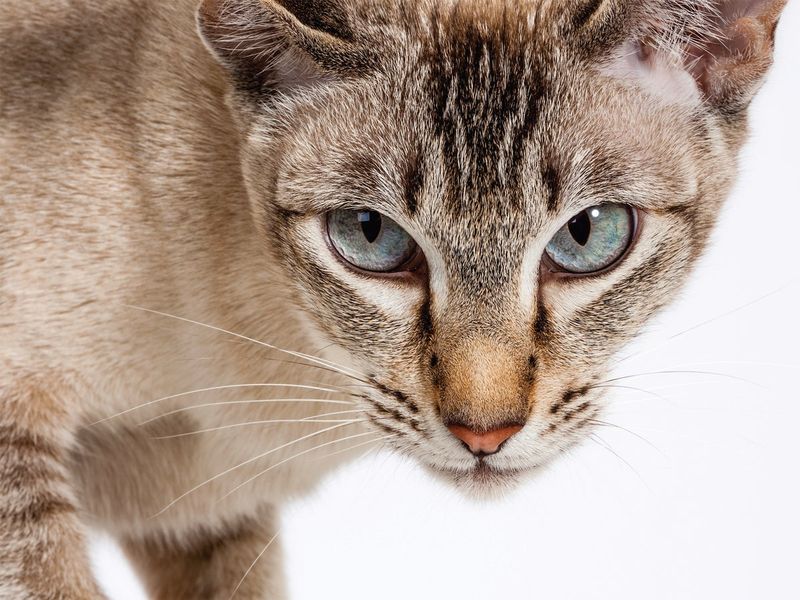
Contrary to their independent reputation, cats formed a mutually beneficial relationship with humans around 9,500 years ago. As agriculture developed, stored grain attracted rodents – creating perfect hunting opportunities for wild felines.
Humans welcomed these natural pest controllers, while cats enjoyed steady food supplies. This partnership protected valuable food stores and reduced disease spread by controlling rodent populations. Unlike most domesticated animals, cats largely self-domesticated by adapting to human environments rather than through deliberate breeding.
16. Oxen: Powerhouses Of Agricultural Expansion
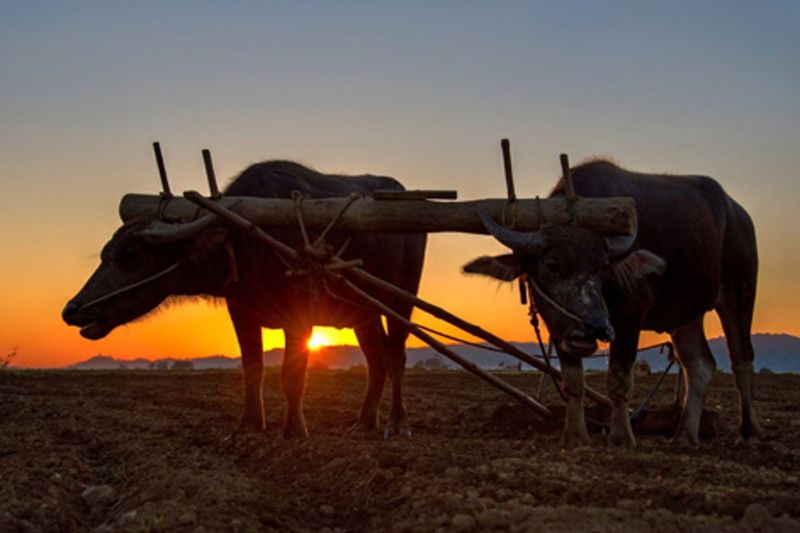
Harnessing the raw strength of castrated bulls, humans multiplied their agricultural productivity beginning around 4,000 BCE. Oxen could pull plows through heavy soil that would exhaust human laborers, dramatically increasing farmable land.
This animal power enabled larger field cultivation and higher crop yields, supporting growing populations. Ox-drawn carts and wagons revolutionized transportation of goods. The management of these powerful animals required new technologies like specialized harnesses and yokes, spurring innovation in tool design.

